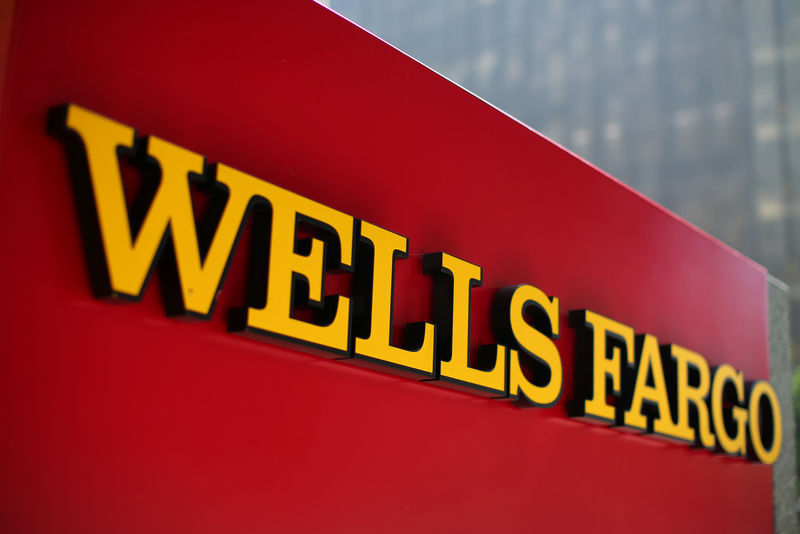(Bloomberg) -- Wall Street may be grappling with financial fallout from a new banking crisis, but the beast of persistent and elevated US inflation is proving tough to tame.
Underlying consumer-price growth accelerated in February, with Americans continuing to experience the sting of rising rents and sticky prices for services. Over the past year, a key housing category — which includes everything from actual rents to what a homeowner would charge in rent to hotel stays — climbed a record 8.2%.
On a monthly basis, housing costs helped deliver a larger-than-forecast 0.5% gain in so-called core inflation, which excludes food and energy. That was the biggest advance in five months and forces a tough choice for Federal Reserve officials at next week’s policy meeting as they weigh still-rapid price growth against turmoil in the banking sector.
Economists and traders see another quarter-point increase in interest rates as the most likely scenario, which would extend the most-aggressive tightening cycle in decades.
But the report from the Bureau of Labor Statistics on Tuesday showed inflationary pressures continue to build outside of shelter, which accounts for about a third of the overall CPI. The costs of recreation, household furnishings and airfares also increased at concerning paces.
“Overall the breadth is still concerning,” said Sarah House, senior economist at Wells Fargo (NYSE:WFC) & Co. If not for recent bank failures, “I think that would’ve pointed the Fed towards that 50 basis-point hike given that there is still tremendous work to do on the inflation front.”
Economists, after looking at months of private data showing a slowdown in housing prices as well as declining rents, continue to see shelter inflation cooling in coming months. Because of the way this category is calculated, there’s a delay between real-time measures and the CPI data.
Read more: Looking for CPI Rent Relief? Wait Until Mid-Year
Rents increased 0.3% in February from a month earlier, breaking a string of five month-over-month declines and signaling a return to pre-pandemic seasonality, according to a report from Apartment List. Rents were up 3% from last February, the smallest year-over-year increase since April 2021, and the gains are likely to continue slowing, the report said.
Stripping out energy and housing, services prices were up 0.5%, the most since September, according to Bloomberg calculations. Fed Chair Jerome Powell and his colleagues have stressed the importance of looking at the metric when assessing the nation’s inflation trajectory, though they compute it based on a separate index.
What Bloomberg Economics Says...
“February’s CPI report shows that inflation is not vanishing quickly, and there remains a compelling need for the Fed to continue raising rates. A 25-bp move would be appropriate at the March FOMC meeting, followed by a couple more until the Fed reaches a terminal rate of 5.25%.”
— Anna Wong and Stuart Paul, economists
To read the full note, click here
Core services got a boost from consumers that have proven all too willing to keep doling out cash for experiences and entertainment.
Airfares jumped 6.4% in February, the biggest increase since May and snapping a string of monthly declines. The price of hotel stays popped by the most since October. And recreational services — a category that includes streaming services and concert tickets — jumped by the most since May 2020.
Adding to any angst at the Fed over price pressures, the disinflation in goods prices has lost steam. Excluding food and energy, goods prices were unchanged in February.
Used-car prices — a key driver of slower price growth in recent months — dropped the most in nearly a year. Excluding used vehicles, core goods costs continued to increase.
